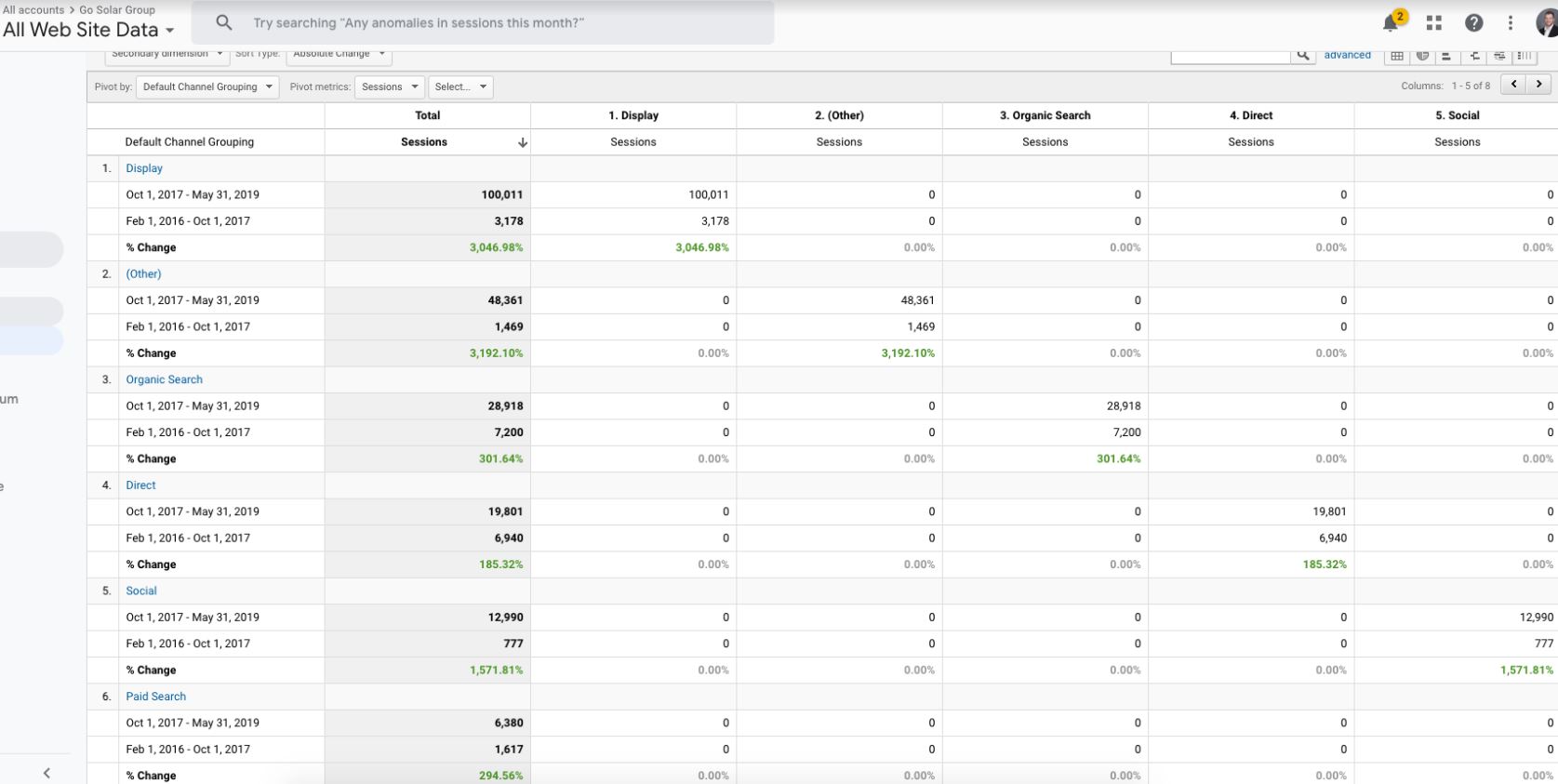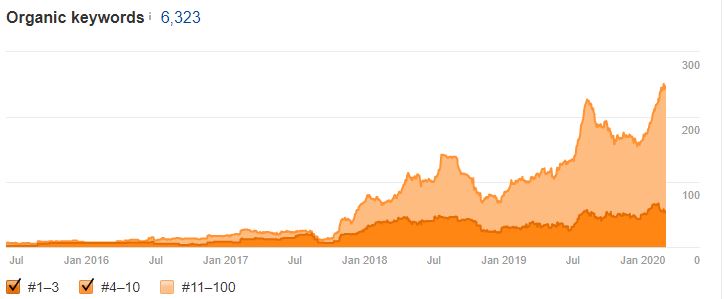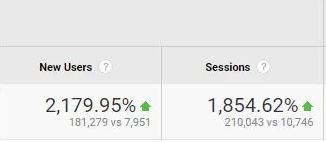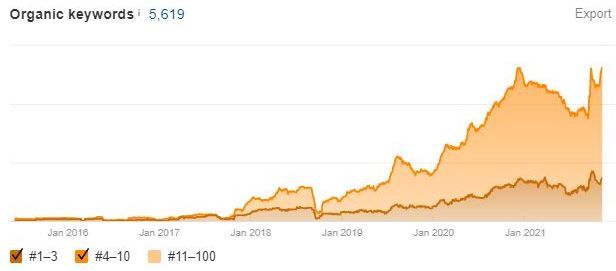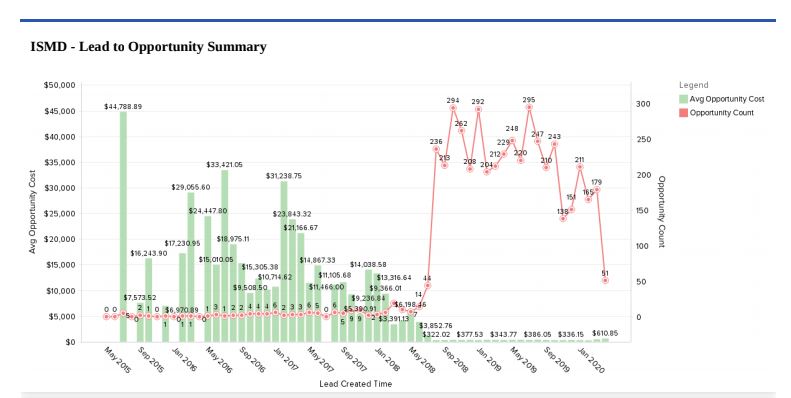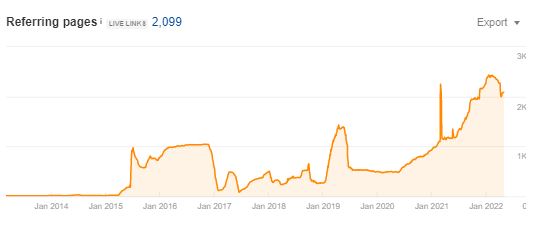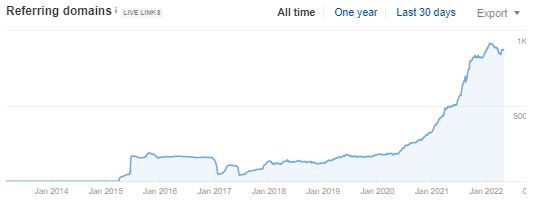SEM & PPC Services
Search Engine Marketing (SEM) and Pay-Per-Click (PPC): the Bridges Between Low-Life 3rd Party Lead Purchases and Distant Search Engine Optimization (SEO) Results
SEM (search engine marketing) and PPC (pay-per-click) are valuable digital marketing practices for nearly any business. However, before undertaking either practice, it’s vital to understand what each practice is, how each practice works, when each practice should be used, and how to generate profit-driving results as a practitioner of each.
Defining SEM/PPC in Relation to SEO and Vendor-Purchased Demand Generation
Sometimes the easiest way to define a marketing term is to describe it in relation to other marketing terms. While SEM/PPC is one of the three major ways to demand generation and lead volume, it has key differences from its 2 neighbors (SEO and vendor-purchased demand generation).
SEM/PPC vs. Vendor Purchased Leads
When it comes to lead quality, vendor-purchased leads are as low quality as it gets. Many of these third-party lead vendors conceal (and have the right to conceal given the need to protect their business models), the ways in which they generate leads. This, however, is problematic because, for all the buyer knows, the information gathered on these leads is suspect, incomplete, or downright fake. However, what is lacked in lead quality for vendor leads is made up for in the immediacy of results that can be generated.
SEO vs. SEM/PPC
While SEM/PPC is inferior to SEO in terms of lead quality, it is faster than SEO in its ability to generate results, and higher in lead quality than vendor purchased leads. We’ll dispel the most widely accepted misconception first: SEO (the abbreviation for search engine optimization) is not part of SEM. There is plenty of confusion surrounding the definitions of SEO (search engine optimization), SEM, and pay-per-click, and for good reasons.
E.g., SEM involves an entirely different emphasis of platforms and budget allocation than SEO, but each term is technically “search engine marketing.” Moreover, while pay-per-click is a subcomponent of SEM that means exactly what it sounds like it means (paying for clicks), SEO requires a marketing budget and, therefore, “paying per click.” However, SEO is considered an entirely different digital marketing practice from PPC. Once your head stops spinning, allow us to clarify each term in the next paragraph.
SEO is about organic search rank, which companies earn by making great content and without paying platforms like Google Ads to show their advertisements. In terms of how major search engines choose which content to show, high-ranking first page organic (SEO-driven) search results are ordered based on click through rate, backlinks, dwell time, and other customer engagement data.
The equivalent of that for PPC is the quality score of an ad, which boosts how it performs and appears within the ads auction algorithm on paid platforms like Google and Bing; the amount bid for each search term, and the competitiveness of the keywords involved. So, while there is some overlap between SEO and SEM/PPC practices in quality factors relevant to the audience, each comes with different infrastructures, platforms, and user expectations.
Ways SEM/PPC Is Superior to SEO
More control over budgets
Easier to manage than in-house marketing departments or agencies
Built-in campaign structuring
Automated attribution modeling
Generates results faster than even the most skilled SEO experts
Easy-access targeting, data mining, and performance analysis
Content process simplified by automated bidding, dynamic keyword insertion (DKI) and inter-platform campaign performance enhancement suggestions
Fewer margins for error than SEO practices
Ways SEM/PPC Is Inferior to SEO
SEM/PPC’s AI tools can be misleading
SEM/PPC platforms are paid by the click (clicks are not as valuable as leads or sales)
Data embedded into SEM/PPC platforms oftentimes aggregates information from sources irrelevant to their users, which can make for wasted marketing budgets
SEM/PPC is more “interruption” and outbound marketing-based than SEO, which means fewer clicks, conversions, and sales
Significant testing is oftentimes required before valuable data is acquired for PPC/SEM platforms like Google Ads and Facebook Ads Manager
PPC/SEM platforms offer misleading “bid suggestion” tips such as inflated “minimum” bid amounts just to make more money without giving you an equivalent degree of value. This means “ratcheting” and testing hypothetical bid floors continually to gauge the true cost per click for a given keyword
Tightening data protection and consumer privacy laws make garnering actionable customer data on these platforms increasingly difficult
When Do You Need SEM/PPC for Your Business?
Your sales staff lacks leads and is compensated primarily by commissions from closed deals. This need for immediate leads that PPC offers becomes even more important if you want to retain your current sales team.
You’ve cycled through numerous third party lead sellers and are dissatisfied with the results. From here, PPC becomes a strong entry point for “owned” lead generation and parlay information gathered in this medium to future organic/SEO-driven demand generation.
Your company has given a stringent marketing budget with few allotments (if any) for variable expenses, and on a specific timetable with clear expectations
Your company isn’t yet ready to invest in an in-house marketing department, but wants to begin allocating some budget toward the management of paid marketing platforms
You’re targeting or are limited to targeting highly geo-specific areas in order to find customers (this is especially true if you sell products or services globally)
You have a clearly defined customer persona and extensive customer contact lists (which helps with building audiences for targeting optimization on PPC platforms)
Understanding Key PPC Platforms
Roughly 90% of the world’s PPC budget is allocated to 8 platforms: Google Ads, Microsoft (Bing) Ads, YouTube, Facebook, Instagram, LinkedIn, Twitter, and Pinterest. A key caveat to all 8 of these PPC platforms is that they can gobble up your money faster than you can blink (with little results to show you for it) if you hire an unskilled pay-per-click advertising agency or specialist to manage your SEM campaigns.
While these tools are major components of how traditional and social media search engines earn their money, the bulk of their revenue is from gobbling up wasted marketing budgets allocated to poorly structured ad campaigns and useless clicks with the wrong intent. Thus, it’s important to remember that these tools are not search engines as much as they are marketing engines. Given your newfound understanding of PPC and SEM in relation to SEO, feel free to click on the SEO Services Page button below if that related service feels more suitable for your needs.
SEO
PPC Concepts Vital to Any SEM Strategy
The purpose of this section is to A) give you insight into WordWoven’s expertise in PPC and B) loop you into the concepts relevant to how we’ll monitor and measure results of your PPC campaigns. If you head off into the sunset with the intent to ‘go it alone,’ we hope you remember the following concepts before undergoing the technical steps of platform setups.
PPC Platform Structure
The more cohesive and integrated your account structure, the better your campaigns will perform. This means having a logically structured and relevant rationale among the below components.
Hierarchy 1: Account
This is the highest level of management, and provides the settings necessary to replicate certain parameters across campaigns, ad groups, ads, keywords, and audiences. Many of the account-level settings on major platforms can be updated to alter various marketing elements in any of the 3 levels below, meaning each change made at the account level should be completed with the most care and attention-to-detail.
Hierarchy 2: Campaigns
Structurally, a campaign should reflect your budget and the investment you make in specific products and services. Campaigns are also the optimal place for serving up ads based on geo-specific targeting factors.
Hierarchy 3: Ad Groups
Each campaign in a PPC account typically employs several ad groups based around a single broad match keyword, under which more specific and user-intent-revealing keywords are categorized. and subsequent keywords matching the generic term. These should include location-specific keywords and phrases too, if those are relevant to your buying base.
Hierarchy 4: Ads
While self-explanatory, ads are arguably the most complex facet of the account structure to master. While multiple keywords can share a single advertisement, the best practice is to have several sets of advertisements across a single keyword, which will help with the testing process and reduce wasted budget volume.
Understanding Device and Network Targeting
These 2 components of targeting are vital to any PPC campaign’s success, regardless of the industry to which the brand belongs.
Devices
Knowing the devices upon which your customers interact with your brand and engage in purchase behavior is paramount to PPC success. Since Google favors clicks heavily, it may rank mobile devices as better for conversions when really mobile is worse than desktop or tablet for conversions: yet another reason able PPC practitioners are needed to prevent these tools from wasting your budget.
Networks
There are 2 major search networks on non-social media PPC platforms: the Display Network and the Search Network. If a user searches for something, what they find is on the search network. If a user browses for something while already on a landing page, what they find is on the Display Network. The Search Network relies heavily on text ads in typical search results, whereas the Display Network is built for ads on web pages your target customers are likely to already be browsing.
The Display Network, while attractive in its ease of use and management in contrast to the Search Network, is where most PPC budgets are wasted. This is because targeting for this network is more difficult and less customizable. E.g., the average conversion rate across all industries on the Search Network is 3.75%, whereas it is 0.77% on the Display Network. Moreover, The text ads of Search Networks provide practitioners with the most control (and demand the least creative acumen).
Understanding PPC Metrics and Terms
PPC campaigns offer numerous lenses into which marketing campaigns and advertising performance can be measured. While no key performance indicator (KPI) is inherently better than another, none of the below determinants of campaign success are created equal. In other words, the value that you ascribe to their performance is relative and unique to your organization’s objectives.
Quality Score
While a certain number isn’t offered on the platform for quality scoring your ad, it will put your ads into qualitative categories like “poor,” “fair,” or “strong.” Your quality score, in conjunction with how much you bid on your campaigns, ad groups, and ads, determines where your content appears in the ad auction in relation to your competitors. Quality score is about match types and landing pages: E.g., if you do an exact match on a keyword for a given ad and it says it has a low quality score, it may be changed to non low quality score with a phrase match because that encompasses more definitions. However, that will typically decrease conversion rate. If one lever is pulled, another one will always be affected.
Impressions
An impression is simply a view of your ad, which most major PPC platforms like Facebook, Bing, Google, Pinterest, and Amazon Ads measure. While it depends on your business and product, we generally recommend that companies do not pay for impressions wherever possible, unless consumption and purchase of the intended product or service is rooted strictly in awareness, and the place of purchase is not online.
Search Impression Share (SIS)
This metric shows the percent of time your ad was shown vs. the total amount of eligible impressions it had. This metric is sometimes also referred to as shared impressions.
Cost Per Click (CPC)
While there is no solid rule for cost per click ceiling, keeping this metric as low as possible becomes increasingly important the longer your sales funnel is.
Click Through Rate (CTR)
While it may seem small in scale, a CTR of 2% is decent, and anything above 2% is good. If you’re at 5% or higher, you’re doing very well. Sometimes a high click through rate means you have a very strong keyword you should consider breaking into its own ad group or ad.
Conversions
A conversion is whatever goal you’ve configured your account to capture. Typically an organization will measure a conversion as at least a lead being generated, and sometimes even as a sale (for products that can be purchased online).
Conversion Rate
Simply a percentage metric between your impressions and the number of conversions they’ve garnered. This link offers PPC conversion rates by industry, against which you can measure your SEM performance. If you’re curious whether AI technologies for marketers can help you plan your next keyword strategy and match types to bid on in Google, Bing, or Facebook Ads, visit our AI and Generative Engine Optimization Services page by clicking the button below.
AI and GEO
Our SEM and PPC Services Pricing
We parlay our expertise in PPC and SEM into 2 key service categories and price ranges.
Account Setup: $1,000 Per Account
While we charge a flat rate for this process unlike many of our other services, the duration of time it takes to complete account setup varies widely from 1 to 3 weeks.
While creating a PPC account from scratch follows predictable format, gathering assets from the client necessary to complete account setup, such as having to access their customer database to create customized audiences from scratch, is what delays speed to completion. The fewer the PPC assets you have to leverage a successful online pay-per-click campaign, the longer this service will take.
Typical platforms for this service include Facebook Ads Manager, Google Ads, and Bing Ads. Account setup is the most crucial aspect of determining pay-per-click success, because it involves a wide range of processes from setting up appropriate attribution to gathering the right audience data.
Account Management: $1,000 Per Month Per Account
This service involves generic maintenance of each account, including but not necessarily limited to optimizing performance and expenses across the account, from altering campaign bid types to updating budgets, audiences, keyword lists, and remarketing campaign implementation. Setup does not include the creation of content-based assets as outlined in the pricing on this page. If you feel like you’re ready to have us help you build out your PPC strategy but you don’t have the content yet to make your ads worthwhile, visit our Content Marketing Services page by clicking the button below.
Content Marketing
SEM and PPC Performance for a Word-based World
View the performance screenshots below and click the ‘WordWoven’s Results’ button beneath them to see what our writing and content expertise accomplishes. From 5-figure percentage increases in marketing KPIs like SEO-based website lead generation to sales-qualified opportunity increases from inbound marketing campaigns.
Your Free Consultation

James O'Connor is the Owner and Principal SEO, Digital Marketing, and Content Consultant of WordWoven. As a 4-year Forbes Communication Council inductee with 8 years of marketing management experience up to VP of Digital Marketing and agency CEO levels, he wields 11 years of total SEO and digital inbound marketing experience with lead generation, content writing, and performance marketing emphases. He's best known for building and leading marketing teams through complex industries and customer acquisition funnels, as well as generating 15 to 50x digital marketing and lead development KPI increases.

